|
To escape cabin fever in these times of COVID19 quarantine, my wife and I went for a drive around Frederick’s Municipal Forest in Maryland. We took a road we had never taken before, and we came upon a rocky outcrop that is called Left Fork Rocks because it is located next to the left fork of a nearby stream, Fishing Creek. There were not a lot of people on the rocks that would require us to wear masks and engage in social distancing, so we decided it was safe to go and hike around. We were so pleased with what we found in this place that we kept coming back to explore the site for the next several weekends. I will divide this post into 2 sections: the rocks and the pink lady’s slippers. The Rocks Frederick’s Municipal Forest is part of a large formation called Catoctin Mountain. The rocks of Catoctin Mountain started as grains of sand eroded from mountains to the west and deposited as layers that got turned to rocks such as sandstone under a shallow sea that occupied this area 500 million years ago. The collision of North America with Africa 300 million years ago led to the folding and uplifting of these layers, and the high pressures and heat generated changed the sandstone into a hardy rock called quartzite. Most of the rocky outcrops in Catoctin Mountain, including Left Fork Rocks, are made up of quartzite because it is more resistant to erosion than the surrounding rocks. The quartzite outcrop at Left Fork Rocks is being eroded into layered slabs with jagged edges that project out into the air at an angle. The rock walls can rise 30 feet or more and they are popular with climbers. The erosive forces have sculpted the rocks into many shapes. Among them is an arch. There also are an inclined “V” shaped table top and a roof. And there are a small cave and a pillar. And there is the occasional unavoidable graffiti such as the “steps into the void” below. Apart from the rocks, the site is teeming with plant life. The many large trees growing from the cracks on the rocks or even on top of them are sight to behold. The rocks are covered with lichens, most of which are of the foliose kind (below left), but there is also a type of lichen we had not seen before called Rock Tripe (below right). There also are ferns. And a lot of moss. But there is one particular plant that impressed us the most. The Pink Lady’s Slippers The lady’s slipper is one of the largest and most remarkable of the native wild orchids found in the United States, and neither my wife nor I had seen one in the wild. Species of this plant are the official wild flower of the state of New Hampshire and the official flower of the state of Minnesota. The variety we found at Left Fork Rocks is called the pink lady’s slipper. Its scientific name is Cypripedium acaule, and it was first described by the Scottish botanist, William Aiton, in 1789. The word, “Cypripedium”, is derived from the Greek words “Kypris" and "pedilon” which means, “Venus Slipper”, while the word, “acaule”, is Latin for “stemless”, because the leaves of the plant arise directly from the roots instead of from the stem. The petals of this orchid have been modified by evolution into a two-lobed 2 inch pouch with a slit in the middle which looks like a slipper (hence the name). This pouch of the pink lady’s slipper is an ingenious device to attract its main pollinator, the bee. The bee enters the pouch through the slit attracted by the pouch’s color and scent, and then finds itself trapped inside. The inside of the pouch is lined with hairs that promote the movement of the insect towards the top where it can exit the pouch by two lateral openings that bring it in close contact with the stigma, upon which it unloads pollen, and the stamen, from which it picks more pollen to take to another plant. One of the plants had been trampled by someone, so we took the pouch and opened it. You can see the hairs inside the pouch in the picture below. We pulled back the top sepal of the plant. You can see the stigma and stamen (yellow structures below). The pouch is to the right. Such relationships between plants and their pollinators are common in the plant kingdom, but orchids including the pink lady’s slipper also depend on a second living thing for their survival. The plant’s seeds require an association with a fungus to both break open the seed and pass nutrients to the growing plant early in its life cycle. Later on as the plant matures and can secure its own nutrients it passes some of them to the fungus. This mutually beneficial relationship is called a symbiosis. Below is a seed pod leftover from last year. Cypripedium acaule only grows in acidic well-drained soils like the ones present in Left Fork Rocks. Some people try to grow these plants in gardens, but it’s difficult because they require an extra amount of work and just the right conditions. We were content to walk around and admire them. Below is a slide show with more of the plants. Science has allowed us to understand the geology of Left Fork Rocks, which has made it possible for us to marvel at how these rocks have been created and shaped by colliding continents, uplifted mountains, and unrelenting erosion. Science also has allowed us to understand the biology of the pink lady’s slippers which has made it possible for us to marvel at the complex relationships it has evolved with a fungus and an insect. But this is not the whole story. Beyond the science, there is an additional reason to marvel which is embodied in the poem, The Lady-Slipper, by West Virginia poet, Emma Withers, published in 1891 as part of her book Wildwood Chimes. A fragment of this poem reads: O, men of wisdom, still A cumb’rous name of learned length attach To this most fragile blossom of the wild. In heart of me, and verse of mine, it lives, For aye, a lady-slipper, breathing yet The subtile fragrance of enchanted woods. Upon the odors of the cool, black mold A fairy picture of the long ago Arose, and loudly elfin voices called My soul. This is the real reason we kept coming back to Left Fork Rocks. Not to merely see quartzite or Cypripedium acaule, but to behold an enchanted wonderland of amazing cyclopean monoliths adorned with trees, lichen, and moss upon which the pink lady’s slippers fluttered in the wind like cavorting pixies celebrating the enduring magic of life and the land. All the pictures are property of the author and can only be used with permission.
2 Comments
|
Details
Categories
All
Archives
June 2024
|
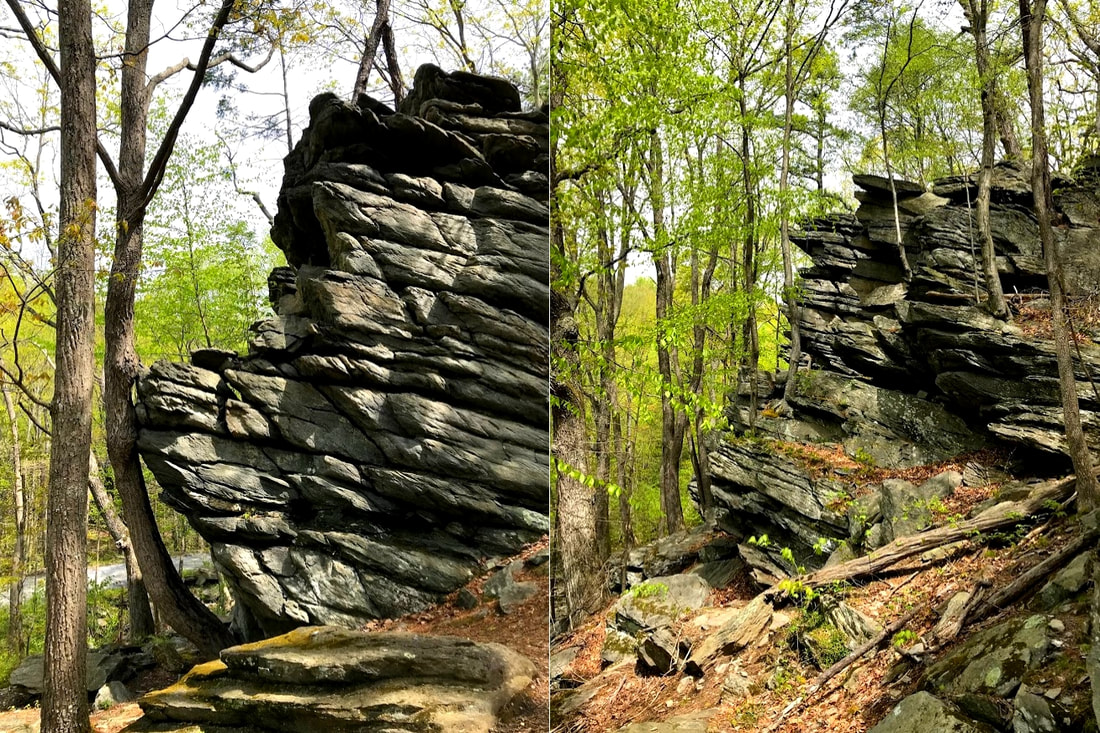
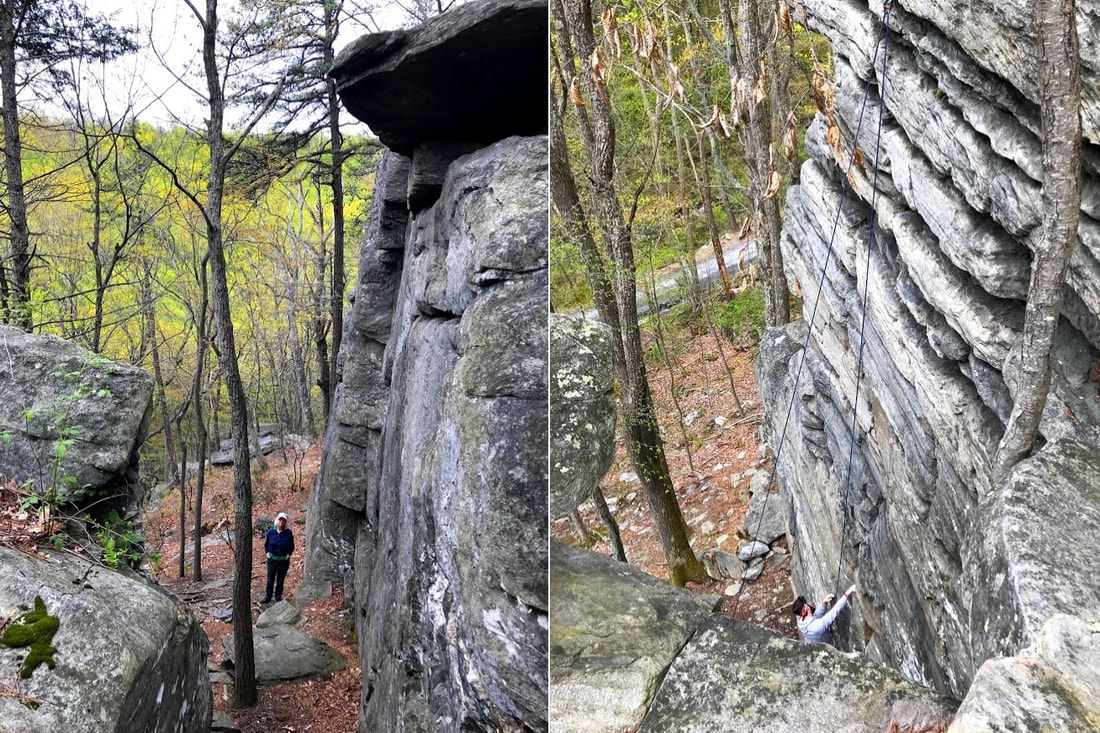
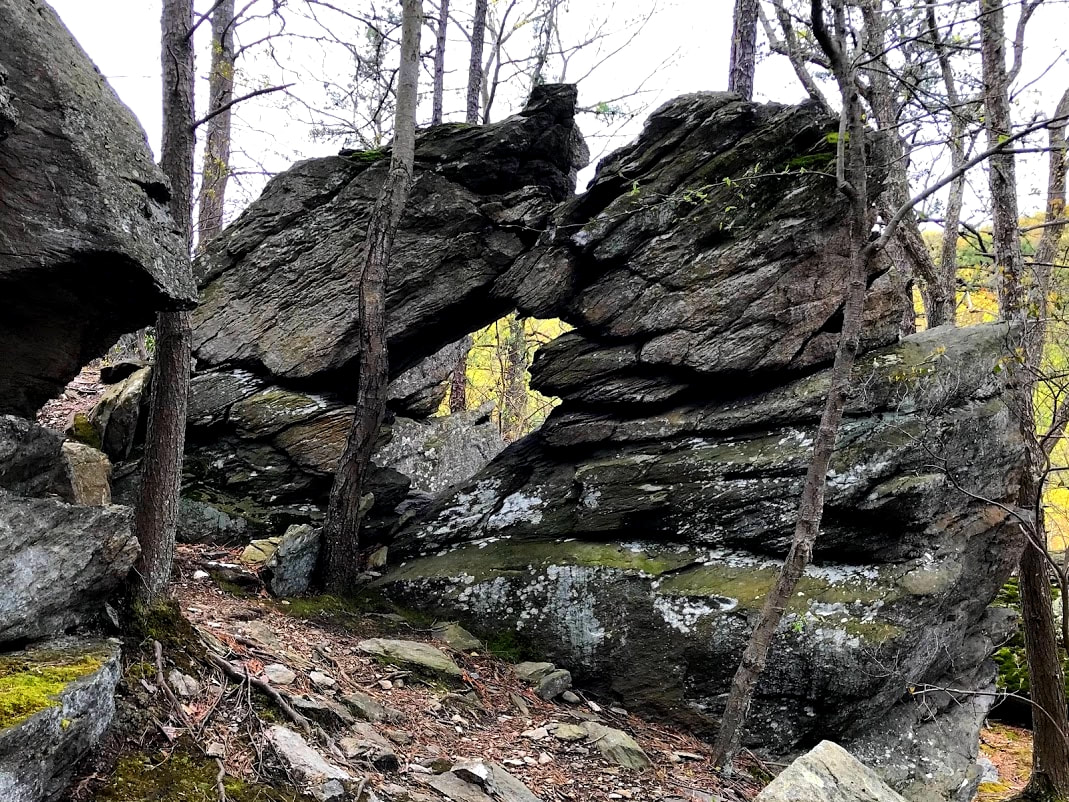

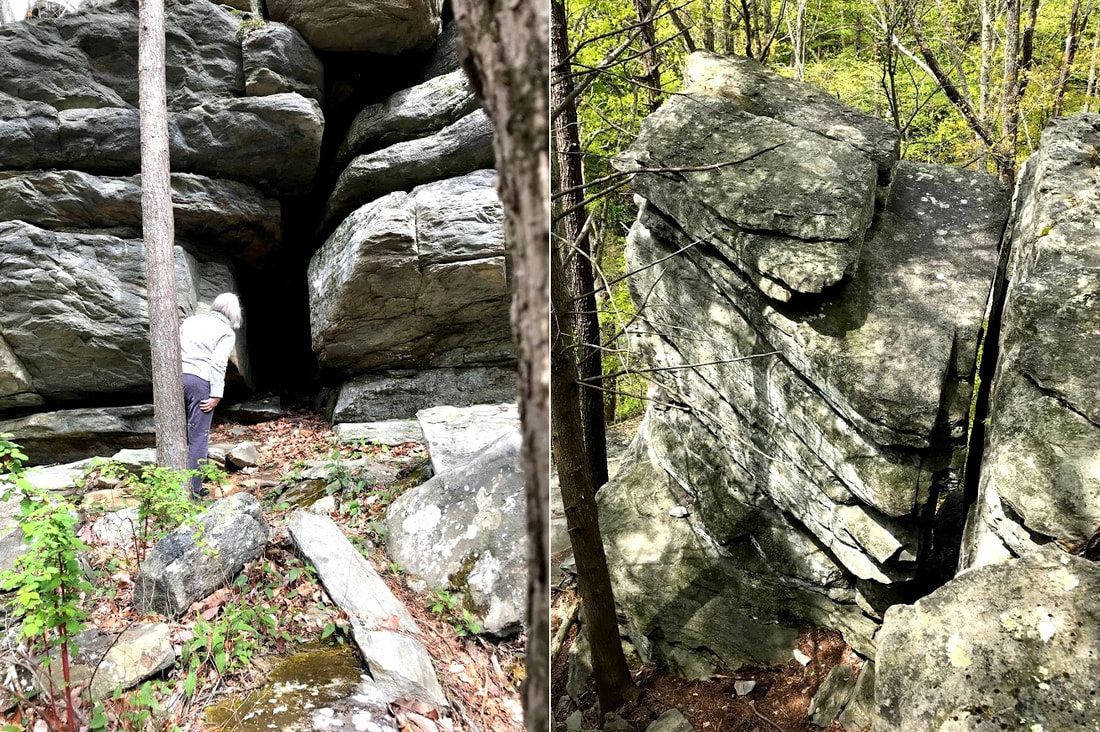






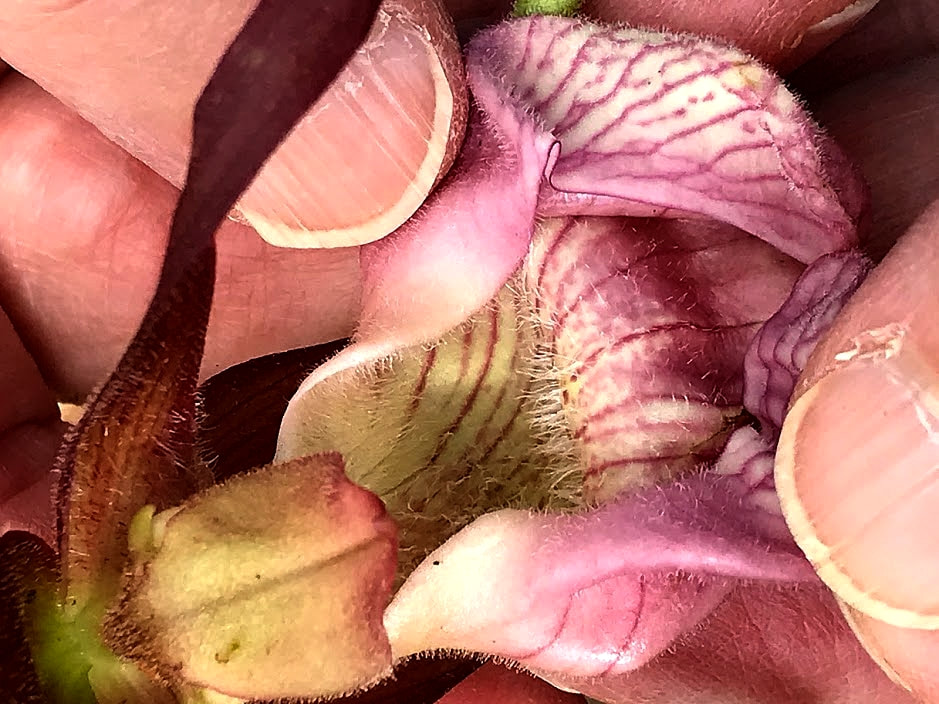
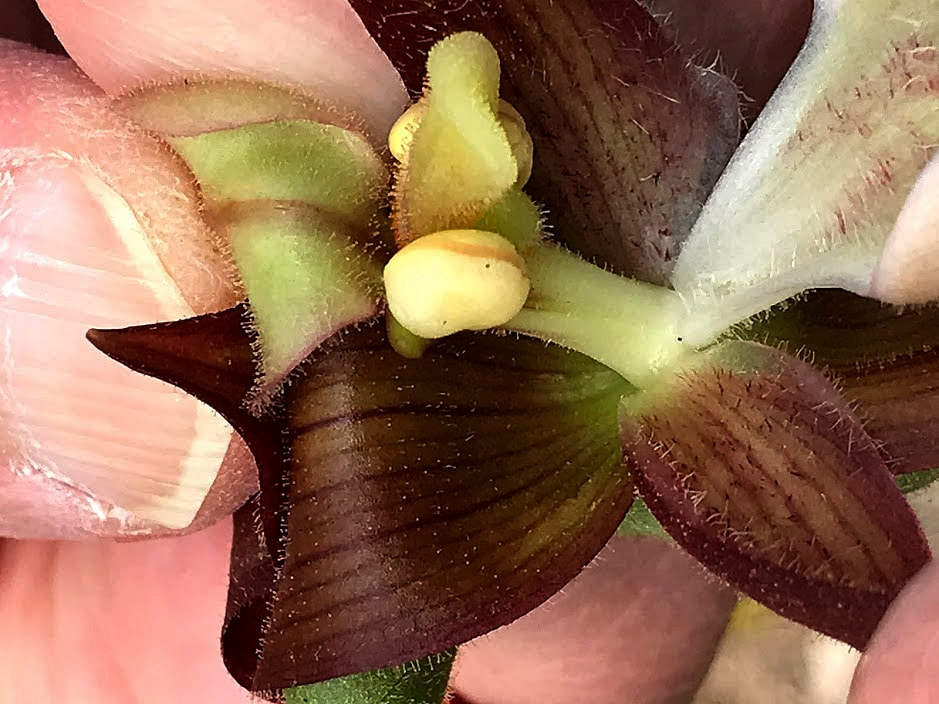

 RSS Feed
RSS Feed